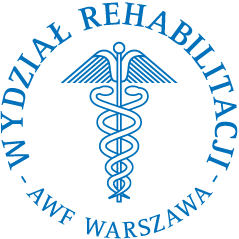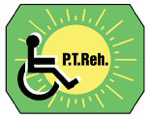


|
Current issue
Archive
Manuscripts accepted
About the journal
Editorial board
Reviewers
Abstracting and indexing
Contact
Instructions for authors
Publication charge
Ethical standards and procedures
Editorial System
Submit your Manuscript
|
3/2018
vol. 32 abstract:
Original paper
Physical activity and the level of HbA1c in children and adolescents with type 1 diabetes mellitus
Aleksander Jerzy Urniaż
Advances in Rehabilitation/Postępy Rehabilitacji (3), 19 – 26, 2018
Online publish date: 2018/12/31
View
full text
Get citation
ENW EndNote
BIB JabRef, Mendeley
RIS Papers, Reference Manager, RefWorks, Zotero
AMA
APA
Chicago
Harvard
MLA
Vancouver
Introduction
The correlation between physical activity and the level of HbA1c in children and adolescents with type 1 diabetes mellitus is poorly understood. This study sought to assess the effects of physical activity on the level of HbA1c. The results draw attention to the benefits of physical activity regarding general metabolism and HbA1c levels. Decreased HBA1c levels are associated with health benefits in patients with diabetes patients and result in a lower risk for a variety of potential health complications. Material and methods The research was carried out in 2014 and included 92 patients with type 1 diabetes mellitus (50 girls and 42 boys) aged 7-20 with a mean disease duration of 6.5 years who were being treated in a diabetes clinic in Olsztyn. To assess physical activity the International Health Behaviour in School-Aged Children (HBSC) survey was administered. Physical activity level was determined using both minutes of moderate/vigorous physical activity (MVPA) and vigorous physical activity (VPA). The study participants were divided into the following groups: A – physically active boys and girls (3 days a week or more) and B – physically inactive boys and girls (less than 3 days a week). Results The analysis of correlations between MVPA, VPA and HbA1c revealed that there were no statistically significant differences between physically active and inactive girls. However, there were slight differences in HbA1c levels in favour of active girls. The results of boys regarding MVPA and HbA1c demonstrated statistically significant differences between active and inactive boys, in favour of the active group. While analysing the results concerning the correlation between VPA and HbA1c in boys, no statistically significant differences were noted; however, the level of HbA1c was lower in active boys. Conclusions Contrary to boys, the majority of girls manifested reluctance to do physical activity. Girls and boys who were active had a slightly lower level of HbA1c than inactive individuals. Physical activity of the study participants did not reduce the level of HbA1c significantly. keywords:
adolescents, physical activity, children, HbA1c level, type 1 diabetes mellitus |
    |